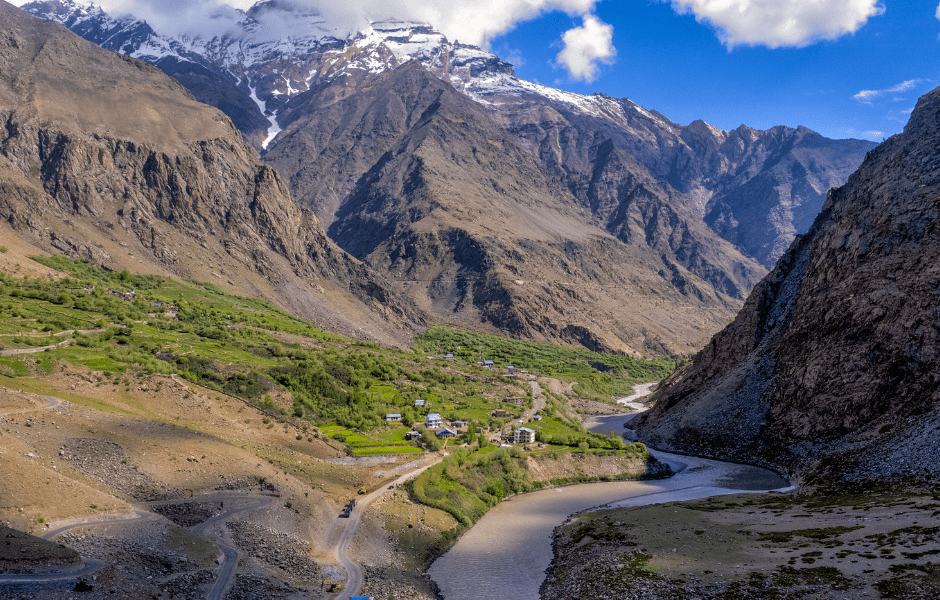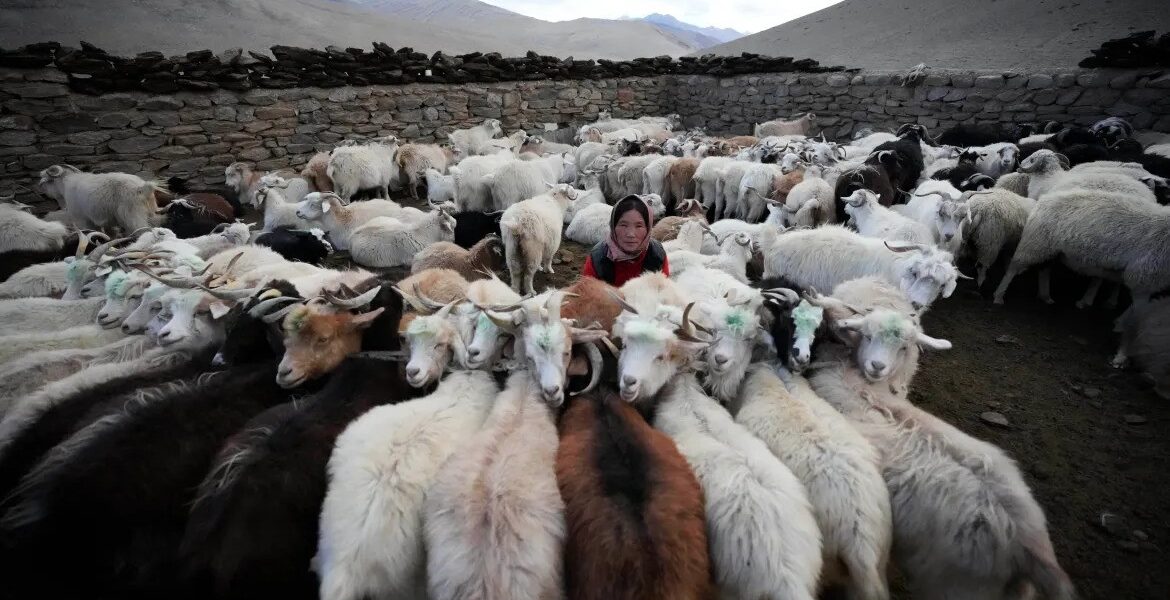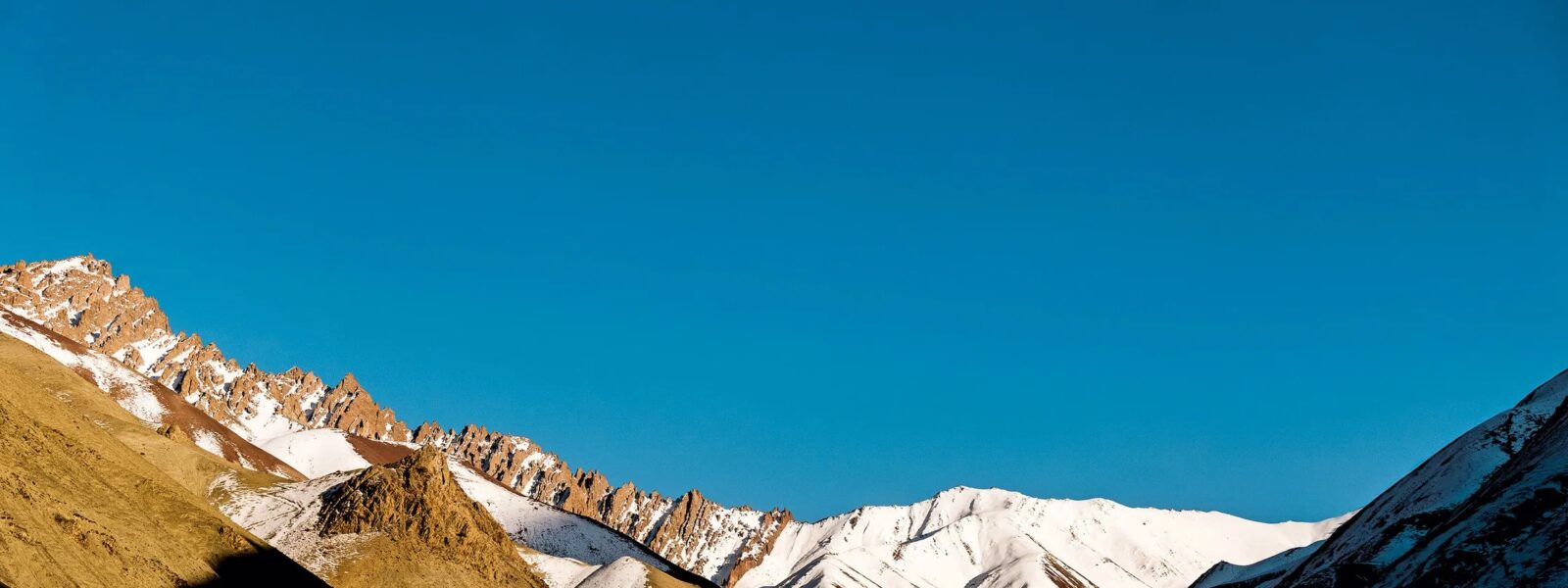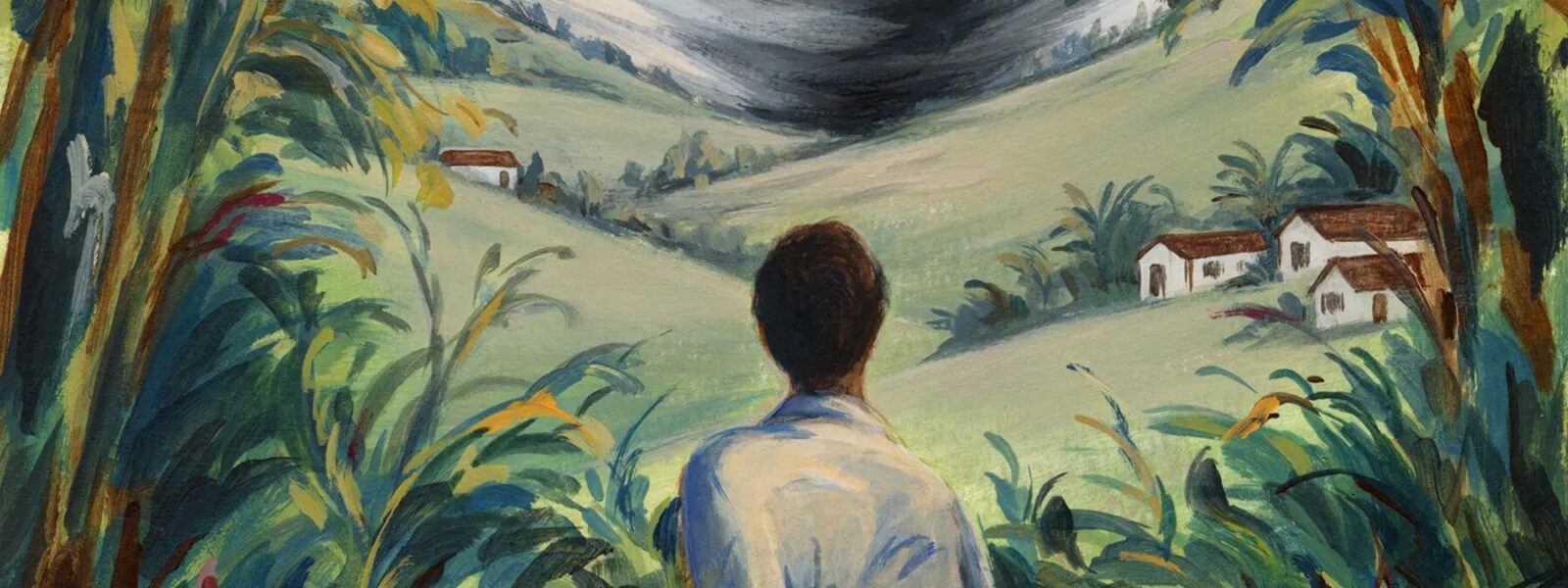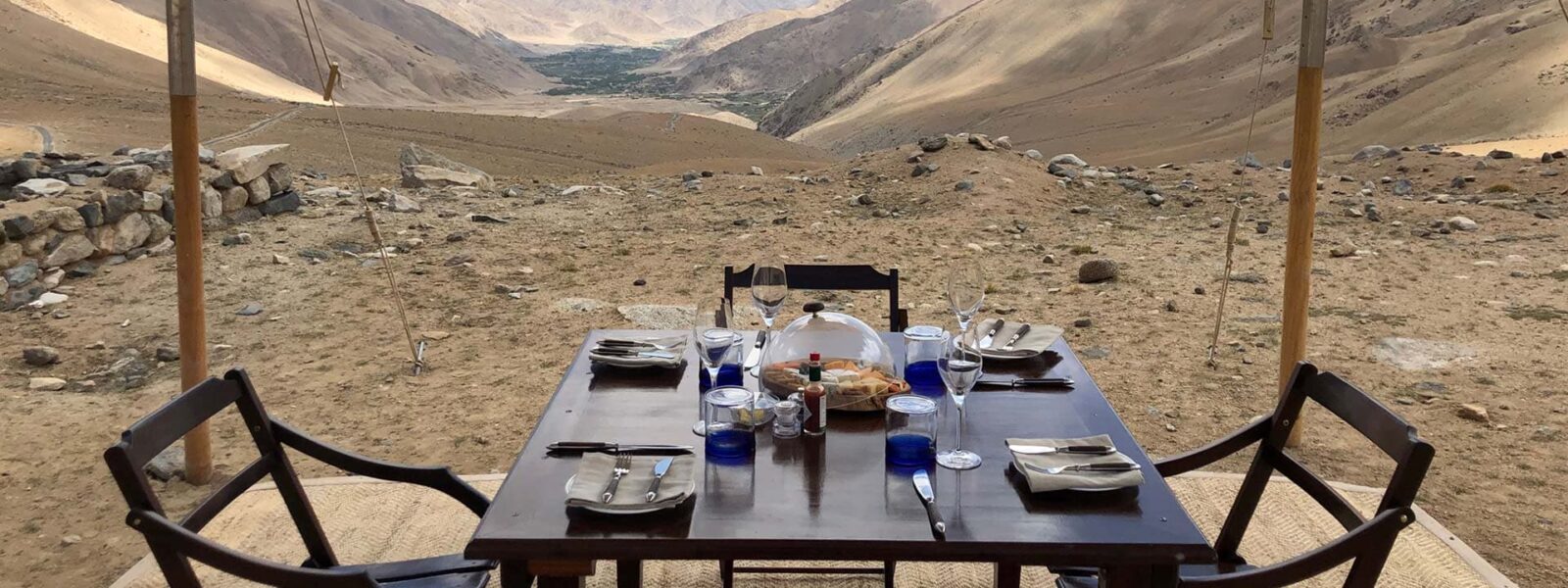The Road Less Traveled: A Journey into Ladakh’s Unseen Valleys
The road from Leh snakes westward, leaving behind the well-trodden paths to Pangong Lake and the monasteries of Hemis and Thiksey. The air, crisp and laced with the scent of high-altitude juniper, carries whispers of ancient trade routes and forgotten kingdoms. Beyond the reaches of common itineraries lies a Ladakh unseen by most—a land of winding valleys, silent fortresses, and stories etched into the landscape like the fading ink of an old traveler’s journal. This is where the journey begins, beyond the postcard-perfect imagery of Leh, into the lesser-known but soul-stirring terrains of Suru, Dras, and Chiktan.
For those who think of Ladakh as an exclusively Buddhist stronghold, these valleys offer a revelation. Here, a distinct cultural tapestry unfolds, where Islamic architecture rises against a Himalayan backdrop, where the call to prayer echoes alongside the chants of old Ladakhi traders. This is a Ladakh that challenges the singular narratives—a land where Persian influences meet Tibetan traditions, where the warmth of Kargil’s hospitality melts away the cold of the high-altitude air.
It is a journey that demands a slower pace. Unlike the quick-flash tourism of Nubra or the Instagrammable allure of Pangong, these valleys reward those who pause, those who listen. The road to Suru Valley, for instance, unspools like an unwritten poem, winding through gorges and alongside the Suru River’s emerald ribbon. To the north, Dras bears witness to history both ancient and modern, a valley that has endured the ravages of war and the extremes of weather, yet still offers a quiet kind of beauty. And then there is Chiktan—its crumbling fortress standing defiantly against time, a monument to forgotten battles and once-mighty dynasties.
Ladakh has always been a land of extremes—barren yet bountiful, desolate yet rich in life. But it is in these valleys, far from the usual circuits, that the true essence of Ladakh reveals itself. To travel here is to step into a Ladakh still unpolished, still untamed, where every bend in the road is an invitation into the unknown.
In the coming sections, we will journey through each of these valleys, unraveling their landscapes, their histories, and the untold stories that lie within their folds. First, we begin with Suru Valley—an oasis of green in an otherwise stark world.
Suru Valley: The Verdant Heart of Ladakh
As the road winds away from Kargil, the scenery transforms. The barren, ochre-toned landscapes of Ladakh give way to an unexpected sight—rolling meadows, fields of golden barley, and groves of apricot trees that blossom in delicate hues of pink every spring. This is Suru Valley, a world apart from the stark, wind-chiseled ridges that dominate Ladakh’s popular imagination. It is a valley of contrasts, where the snow-capped peaks of Nun and Kun—the highest mountains in Ladakh—stand as silent sentinels over a land of lush fertility.
For travelers accustomed to Ladakh’s high-altitude desert, Suru Valley feels almost surreal. The Suru River meanders through the valley, feeding the orchards and farmlands that sustain its people. The settlements here—Parkachik, Tangole, Panikhar—are quiet, unhurried places where time seems to move at the pace of a grazing yak. Unlike the more touristy parts of Ladakh, Suru Valley remains an untouched frontier, where village life unfolds much as it has for centuries.
Where Apricots Bloom Beneath the Himalayas
One of Suru Valley’s most striking features is its apricot orchards. In spring, the valley erupts into a spectacle of blossoms, turning entire villages into a canvas of pastel pink and white. Apricots are more than just a visual delight here—they are a lifeline. For generations, families in Suru Valley have sun-dried them for the harsh winter months, pressed them into oils for cooking, and traded them along the old Silk Route. It is a tradition as old as the mountains themselves, a reminder that Ladakh has always been a land shaped by trade, survival, and adaptation.

A Cultural Tapestry: Where Ladakh Meets Persia
Unlike the Buddhist villages of Zanskar and Leh, Suru Valley’s culture bears strong Islamic influences. The people here are predominantly Shia Muslims, descendants of Persian and Central Asian traders who once traversed these high-altitude corridors. Their heritage is visible in the region’s mosques, in the intricately carved wooden facades of village homes, and in the Sufi traditions that still echo through the valley.
Yet, like all of Ladakh, Suru Valley is a place where cultures intersect rather than divide. It is common to see Buddhist prayer flags fluttering alongside the call to prayer from a distant mosque. The valley is a testament to Ladakh’s unique ability to weave together seemingly disparate identities into a seamless, harmonious existence.
Trekking Through the Green Jewel of Ladakh
For adventurers, Suru Valley offers some of Ladakh’s most spectacular, yet least-explored, trekking routes. The Nun Kun Base Camp Trek is a standout, leading hikers through remote glaciers and pristine alpine meadows. This is a land where solitude is absolute—where the only sound is the crunch of ice underfoot and the distant call of an eagle circling above the ridges.
Another stunning yet less demanding route is the trail from Panikhar to Parkachik, a journey that takes travelers past ancient villages, high-altitude pastures, and jaw-dropping views of the Nun-Kun massif. Unlike the overcrowded trails of Markha Valley, these paths remain blissfully empty, waiting for those who seek adventure away from the beaten track.
A Valley for the Patient Traveler
Suru Valley is not for those who rush. It is a place that demands patience—a willingness to sit on a sun-warmed rock and watch the clouds move over the Himalayas, to sip endless cups of salty butter tea with a village elder who has seen the valley change over decades. It is for those who understand that travel is not just about seeing a place but about absorbing it, letting it settle into memory like the sun setting behind the peaks.
As the road moves northward from Suru, the valley begins to change once again. The greenery fades, the air grows colder, and the landscape takes on a new, more austere beauty. Ahead lies Dras, the legendary valley known for its extremes—its history, its battles, and its breathtaking landscapes. But in the stillness of Suru Valley, one thing is clear: Ladakh’s heart beats not just in its monasteries and passes but in the quiet corners where time moves at its own, unhurried pace.
Dras: The Coldest Inhabited Place, and the Warmest of Welcomes
As the road winds away from the lush oasis of Suru Valley, the landscape begins its transformation. The verdant fields give way to stark, wind-sculpted ridges, and the air grows noticeably crisper. At nearly 11,000 feet above sea level, Dras is a place of extremes—both in its reputation as the second coldest inhabited place on Earth and in the warmth of its people, who defy the climate with their generosity and resilience.
Most travelers pass through Dras en route to Kargil or Zojila Pass, perhaps stopping briefly at the Kargil War Memorial before moving on. But to see Dras merely as a checkpoint along the Srinagar-Leh Highway is to miss its essence entirely. For those who linger, this valley unveils a raw beauty, a land that has witnessed both war and peace, survival and celebration.
Beyond the Battlefield: A Valley of Stories
Mention Dras, and the first association that comes to mind is war. The echoes of the Kargil War of 1999 still linger, and the valley stands as a testament to one of the most intense conflicts in modern history. The Kargil War Memorial, a solemn yet striking monument, commemorates the sacrifices made by soldiers on these icy ridges. Standing there, with the wind cutting through the silence, it is impossible not to feel the weight of history.
Yet, beyond the memorial and the military checkpoints, there is another Dras—one that belongs to shepherds and farmers, poets and storytellers. This Dras is older than borders, older than battles. It is a land where the whispers of Balti traders and Persian travelers once floated through the air, where the Silk Route passed long before political lines were drawn across the mountains.
The Harshest Winter, The Warmest People
The winter in Dras is legendary. With temperatures plunging below -40°C (-40°F), it is one of the coldest places on Earth where human settlements still thrive. It is not uncommon to see villagers wrapped in layers of wool, faces weathered by the biting wind, yet eyes twinkling with the resilience that defines life here. In these months, roads often close, and the valley retreats into itself, sustained by community ties and centuries-old survival techniques.
Hospitality in Dras is not just a custom—it is a necessity. To refuse a guest warmth, food, or shelter is unthinkable. In homes built of stone and wood, heated by traditional Bukhari stoves, visitors are welcomed with steaming cups of Noon Chai—salted butter tea—a local delicacy that helps fend off the cold. Meals are hearty, often featuring Gushtaba (meatballs in yogurt sauce) or Thukpa, a Tibetan noodle soup that has made its way into Ladakhi cuisine.
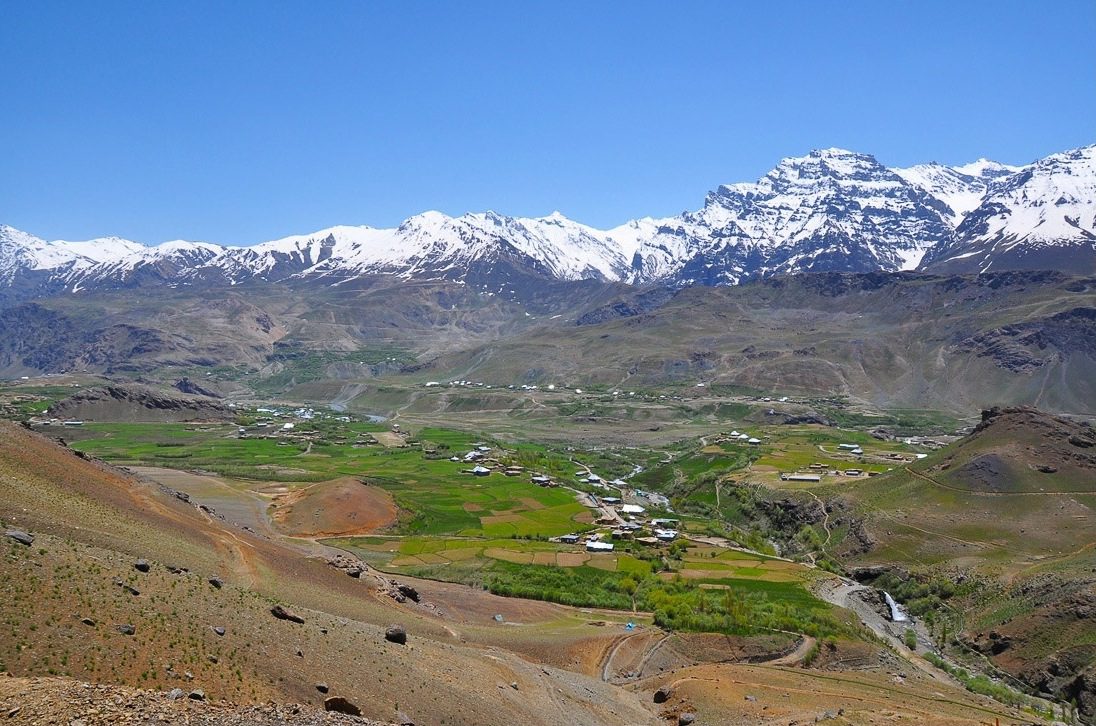
Dras in Summer: A Different Kind of Beauty
While Dras is often associated with its brutal winters, summer paints an entirely different picture. Between June and September, the valley bursts into life, carpeted with wildflowers and alpine meadows. This is the best time to explore its lesser-known gems, far from the usual tourist circuit.
One of the most breathtaking yet underrated spots in Dras is the Mushkoh Valley. Known for its lush greenery and wildflower meadows, this valley remains untouched by mainstream tourism. The hillsides are speckled with blue poppies and edelweiss, creating a landscape that feels almost European in its splendor. Trekkers who venture here often find themselves utterly alone, accompanied only by the sound of the wind rustling through the grass and the occasional sight of a Himalayan ibex.
A Road Through Time: The Zojila Pass
To leave Dras is to embark on one of the most thrilling drives in the world—the ascent to Zojila Pass. This legendary mountain pass, standing at 11,649 feet, is a feat of engineering and endurance. The road, often precarious, clings to the mountainside, offering panoramic views that are both exhilarating and terrifying.
Historically, Zojila was the gateway between Ladakh and the lush valleys of Kashmir, a vital artery for trade and migration. Today, it remains a dramatic transition point—one moment, you are surrounded by the harsh, rugged landscapes of Ladakh; the next, you descend into the pine forests and rolling pastures of Kashmir. It is a journey that encapsulates the vast contrasts of this region, a single road connecting two entirely different worlds.
Leaving Dras, Carrying Its Stories
Dras is not a place that shouts its beauty. It does not beckon with colorful prayer flags or mirror-like lakes. Instead, it lingers in the mind long after you have left, in the faces of its people, in the stories shared over a fire, in the realization that survival here is a triumph in itself.
For those who truly wish to understand Ladakh—not just its landscapes, but its soul—Dras is essential. It is a place of endurance, of history, and of a quiet, unwavering beauty that reveals itself only to those who take the time to see.
And as the journey continues, we turn towards Chiktan, a land of forgotten fortresses and whispers of ancient dynasties, where the past still lingers in the stones.
Chiktan: The Forgotten Fortress and the Echoes of Time
If Suru is Ladakh’s hidden garden and Dras its land of extremes, then Chiktan is its forgotten kingdom—a place where history lingers in the cracks of abandoned fortresses, and time moves at the slow, unbroken rhythm of village life. Nestled in the folds of the Shakar-Chiktan region of Kargil, this valley is a place that even many Ladakhis have never seen. And yet, for those who make the journey, it is an experience that lingers long after the dust of its ancient roads has settled.
Unlike the Buddhist monasteries that dot Leh or the military presence that defines Kargil, Chiktan is a place defined by its feudal past. It was once a seat of power, home to warring dynasties that fought for dominance over Ladakh. Today, the remnants of that history remain—particularly in the ghostly ruins of the Chiktan Fort, a structure that has stood against the Himalayan winds for over 500 years.
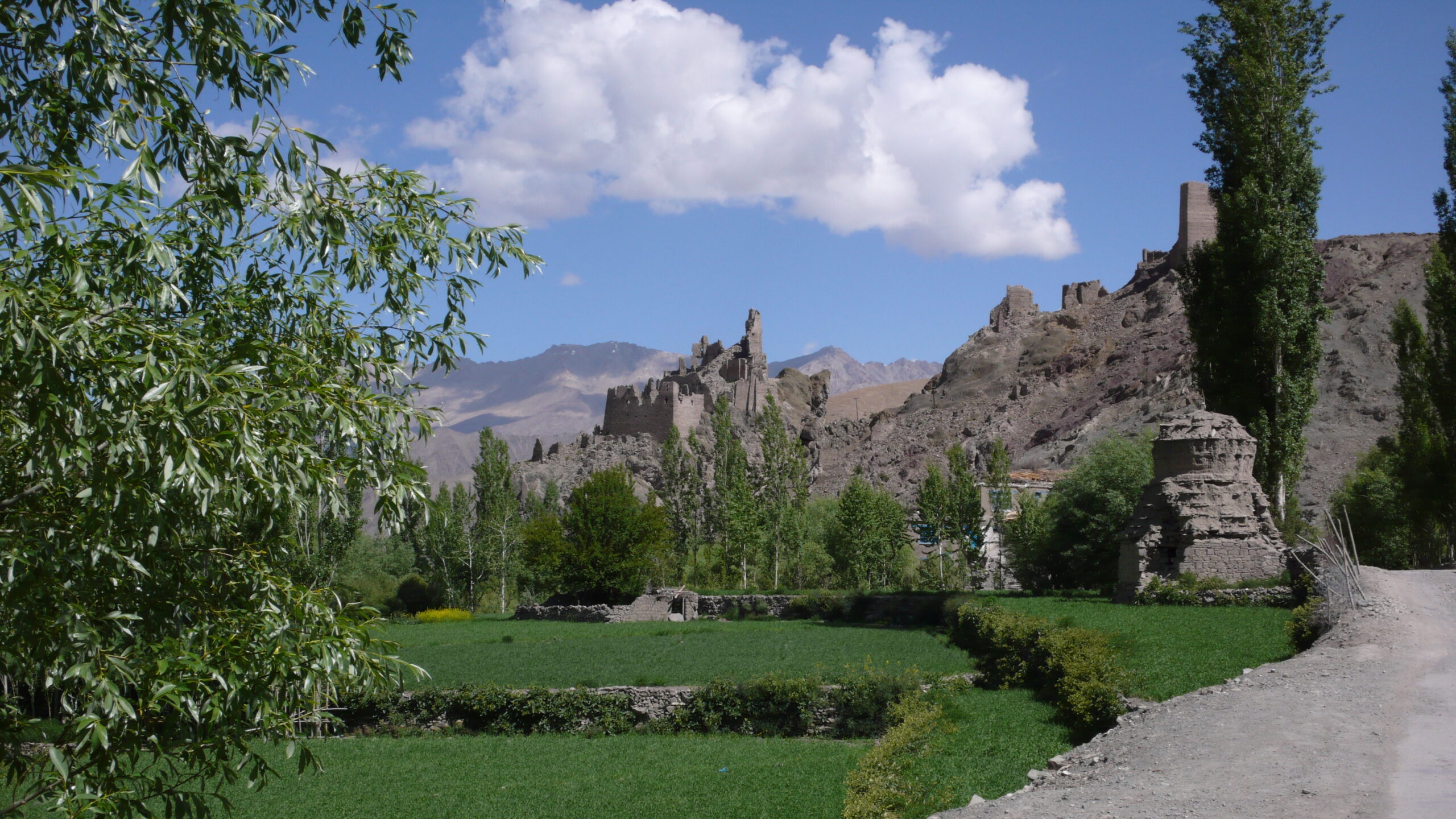
The Crumbling Majesty of Chiktan Fort
Perched on a rocky outcrop, Chiktan Fort is an architectural marvel lost to time. Built in the 16th century, it was once an imposing fortress designed by Balti architects, incorporating elements of Tibetan and Persian styles. Unlike the massive stone structures seen in other parts of Ladakh, Chiktan Fort was constructed using a unique blend of mud bricks and wood, giving it an almost sculpted appearance.
Legends whisper that it was once the most formidable fort in Ladakh, home to powerful rulers and an intricate system of defenses. But power, like the mountains, is never static. Betrayals, invasions, and shifting allegiances left Chiktan abandoned, its walls crumbling under the weight of history. Today, the fort is a haunting silhouette against the sky, its ruined towers casting long shadows over the valley. Yet, even in its decay, there is beauty—a solemn reminder that even the greatest empires are not immune to time.
A Village Where Time Moves Slowly
The village of Chiktan itself is a quiet place, untouched by the commercial tourism that has reached Leh and Nubra. Life here follows the seasons: summer is for tending to the fields and livestock, while winter is spent indoors, warmed by stories and cups of salted tea. The people of Chiktan, like much of Kargil, are predominantly Shia Muslims, a reflection of the valley’s deep cultural ties to Central Asia and Persia.
Walking through Chiktan’s narrow lanes, one might stumble upon a centuries-old mosque, its wooden carvings a testament to the artisans who once traveled these routes. Unlike the gleaming stupas of Buddhist Ladakh, these structures are unassuming, blending seamlessly with the earthen hues of the valley. It is a different kind of Ladakh—one that speaks in softer tones, revealing its stories only to those who take the time to listen.
The Last Keepers of a Vanishing Heritage
In recent years, efforts have been made to preserve what remains of Chiktan Fort and its surrounding villages. Organizations and historians recognize its significance—not just as a relic of Ladakh’s feudal past, but as a living piece of its cultural fabric. Yet, restoration is slow, hindered by the isolation of the valley and the apathy of modernity.
The locals, however, have not forgotten. Some families still pass down tales of the fort’s golden days, speaking of rulers who once commanded great armies and courts filled with poets and strategists. In their memories, Chiktan is not a ruin—it is a kingdom waiting to be remembered.
How to Reach Chiktan
Reaching Chiktan requires a journey off the usual routes. The road from Kargil winds through breathtaking landscapes, past monasteries and valleys where wildflowers bloom in summer and snow blankets the fields in winter.
- By Road: Chiktan is approximately 80 km from Kargil, a scenic 2-hour drive.
- From Leh: The journey is longer—about 230 km, taking roughly 6 hours.
- Best Time to Visit: Summer (June to September) is the ideal season, as the roads remain open and the valley is in full bloom.
A Place for the True Explorer
Chiktan is not a destination for the casual tourist. It has no luxury hotels, no curated “experiences,” no glossy brochures. It is a place for the true traveler, the one who seeks out the silences of history, the forgotten corners of the world where the past still whispers through the stones.
As the sun sets behind the ruins of Chiktan Fort, casting the valley in hues of amber and gold, it is impossible not to feel the weight of time. In that moment, the fortress is no longer a ruin—it is a monument to resilience, a testament to the lives that have passed through its halls.
And so, the journey through Ladakh’s hidden valleys comes to an end. But the stories remain, waiting for those who dare to step beyond the usual trails and into the untold chapters of this ancient land.
Final Reflections: The Ladakh Few Will Ever See
Travel is often measured in distances—kilometers covered, mountain passes crossed, landmarks ticked off an itinerary. But the journey through Suru Valley, Dras, and Chiktan is not one that can be quantified so easily. It is a journey into the forgotten corners of Ladakh, into stories that rarely make their way into glossy travel brochures. It is a road that leads not only through untamed landscapes but into the heart of a land where history and culture intertwine in ways that defy easy narratives.
To explore these valleys is to step beyond the familiar imagery of Ladakh—the whitewashed monasteries, the turquoise lakes, the windswept high-altitude passes. It is to witness a different Ladakh, where Islamic heritage and Himalayan landscapes coexist, where war memorials and Sufi shrines share the same rugged terrain, where fortresses stand in defiant silence against the erosion of time.
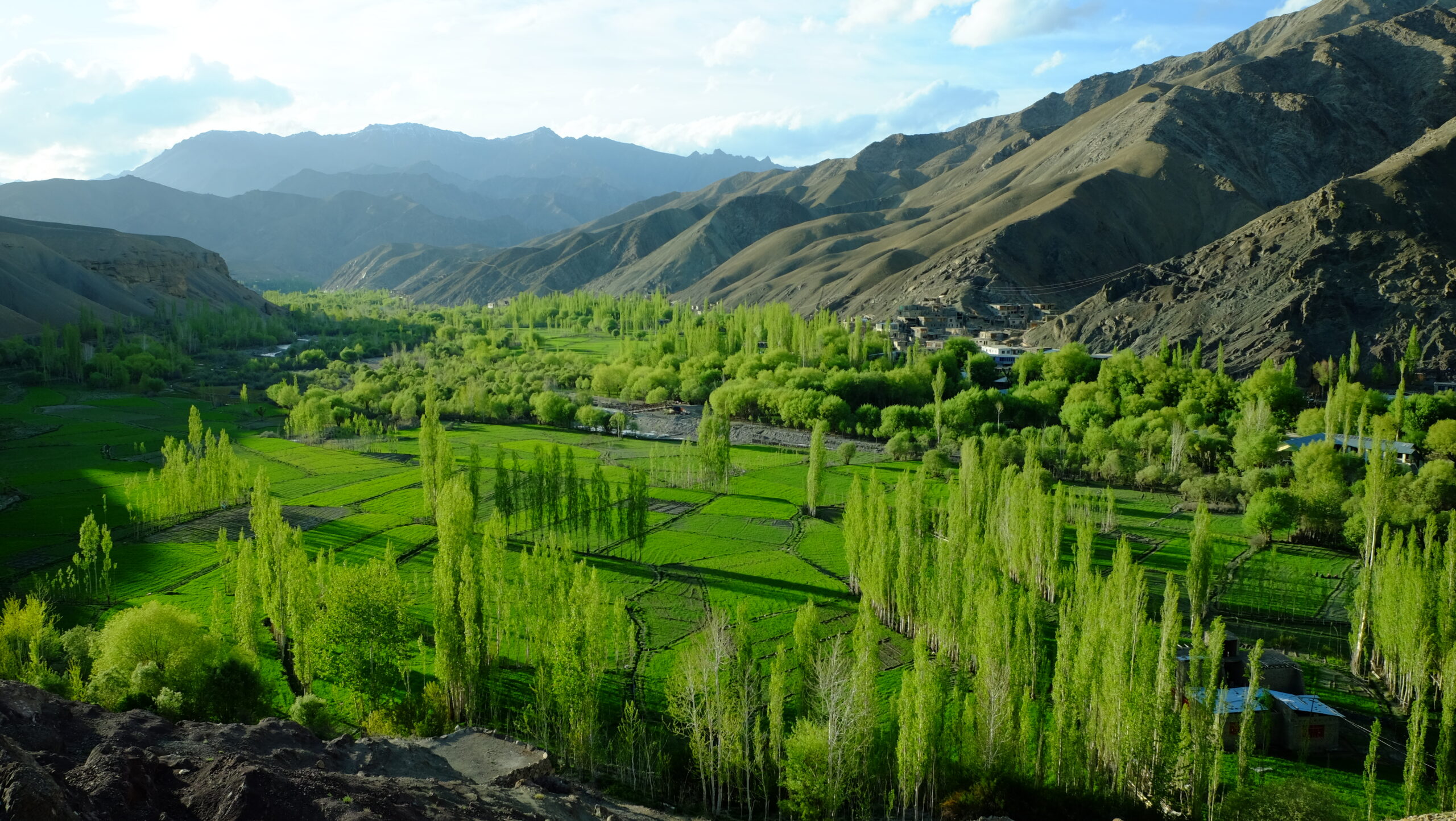
Why These Valleys Matter
In an era where travel is often reduced to Instagram snapshots and curated itineraries, places like Suru, Dras, and Chiktan remain a test of the true explorer’s spirit. There are no tourist crowds here, no queues for perfect photo spots. Instead, there is the simple rhythm of life—farmers tending their fields in Suru, the resilience of Dras against its brutal winters, the crumbling majesty of Chiktan Fort watching over a valley lost to time.
And yet, these places are not static relics of the past. They are alive, their people continuing traditions that have endured for centuries. Every apricot harvested in Suru, every prayer whispered in a Dras mosque, every tale of Chiktan’s fallen kings told around a village fire—these are the threads that weave together a Ladakh that few will ever know.
Planning Your Own Journey
For those inspired to step off the usual trails, here are a few essential tips for exploring these valleys:
- Best Time to Visit: Summer (June to September) offers the most accessible routes and pleasant weather. Winters (December to February) are extreme but reveal a stark, haunting beauty.
- Getting There: The journey begins from Kargil, with roads leading to Suru Valley (via Panikhar and Parkachik), Dras, and Chiktan. Private taxis and local buses are available but not frequent.
- Accommodation: Homestays and small guesthouses are the best options, offering a deeper cultural experience.
- Respect the Culture: These regions have a mix of Muslim and Buddhist heritage. Modest dressing and respectful interaction with locals go a long way in fostering meaningful connections.
- Travel Sustainably: These are fragile ecosystems and communities. Avoid plastic waste, support local businesses, and tread lightly.
A Call to the Curious Traveler
Most visitors to Ladakh will never see these valleys. They will never hear the whisper of the wind through Chiktan Fort’s ruins, nor taste the sun-dried apricots of Suru, nor witness the first snowfall dusting the rooftops of Dras. They will stay on the familiar roads, see the famous sights, and leave with the same photographs that millions have taken before them.
But for the few who seek the unknown, who are willing to step beyond the usual trails, these valleys offer something rare—a chance to not just see Ladakh, but to feel it, to understand it, to carry its stories forward.
The road is waiting. The question is, will you take it?
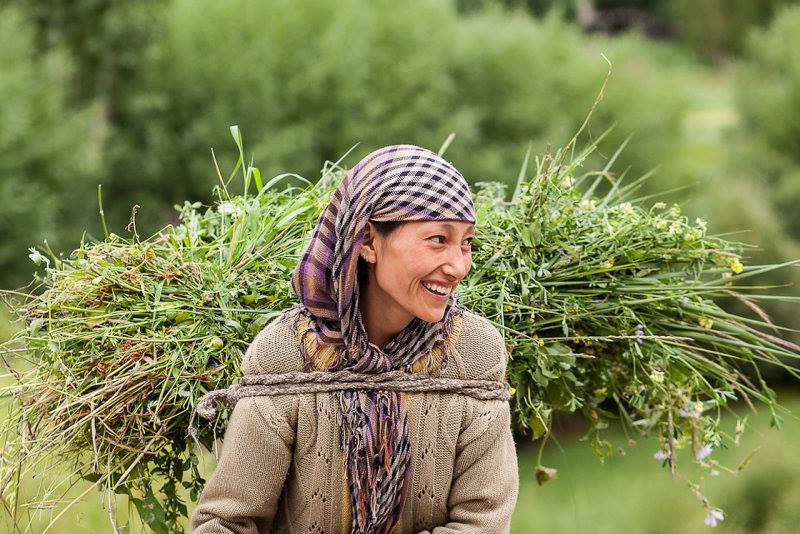
About the Author
Declan P. O’Connor is a seasoned travel columnist and storyteller, specializing in offbeat destinations and cultural narratives. With a passion for unearthing the world’s hidden corners, he captures the soul of places that few have seen. His work blends immersive storytelling with deep historical insight, inspiring readers to go beyond the usual trails.

